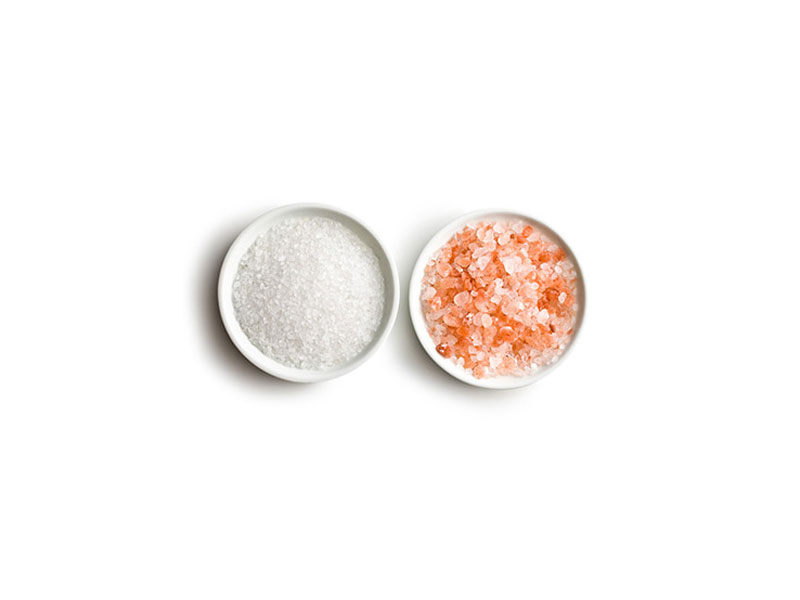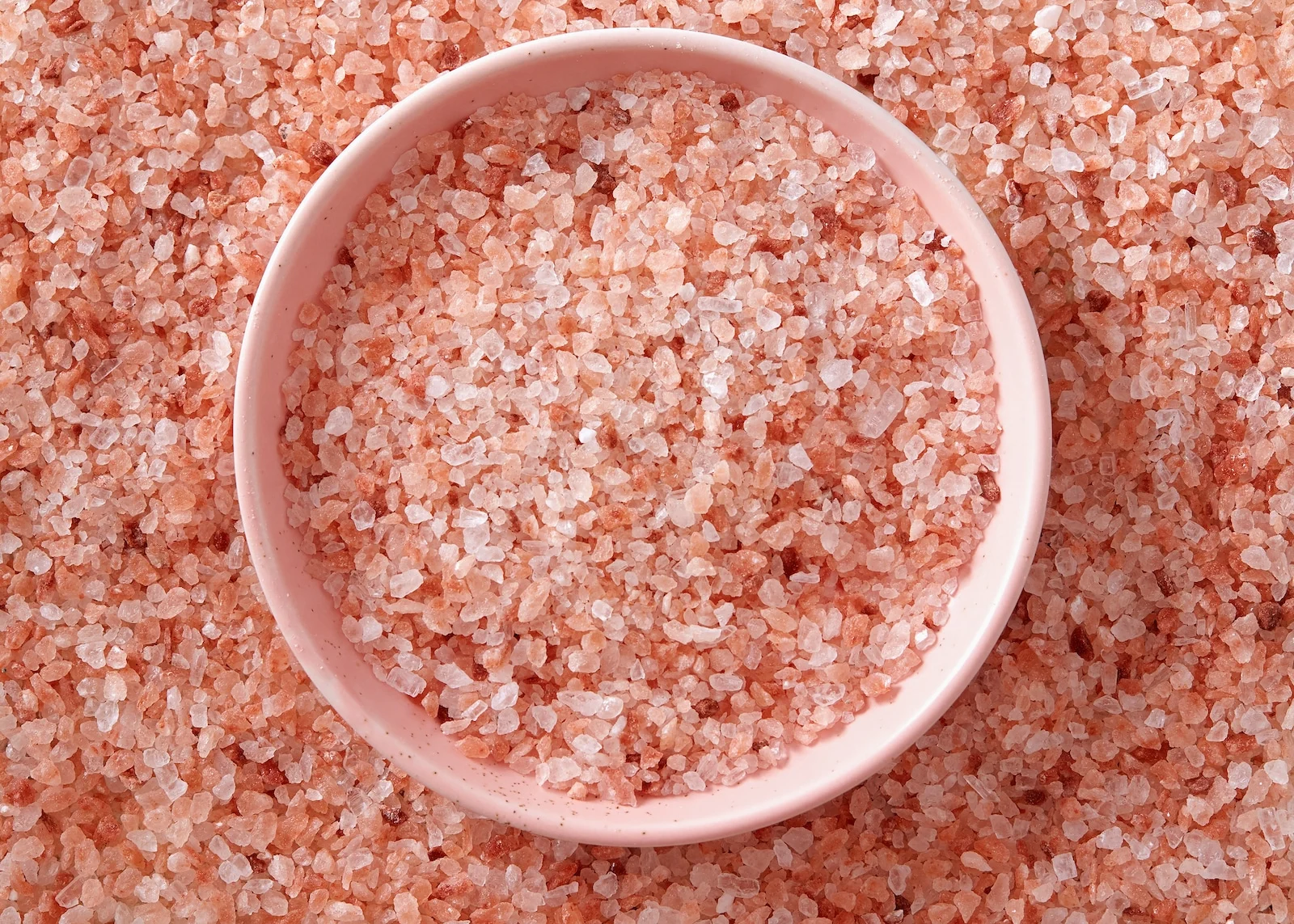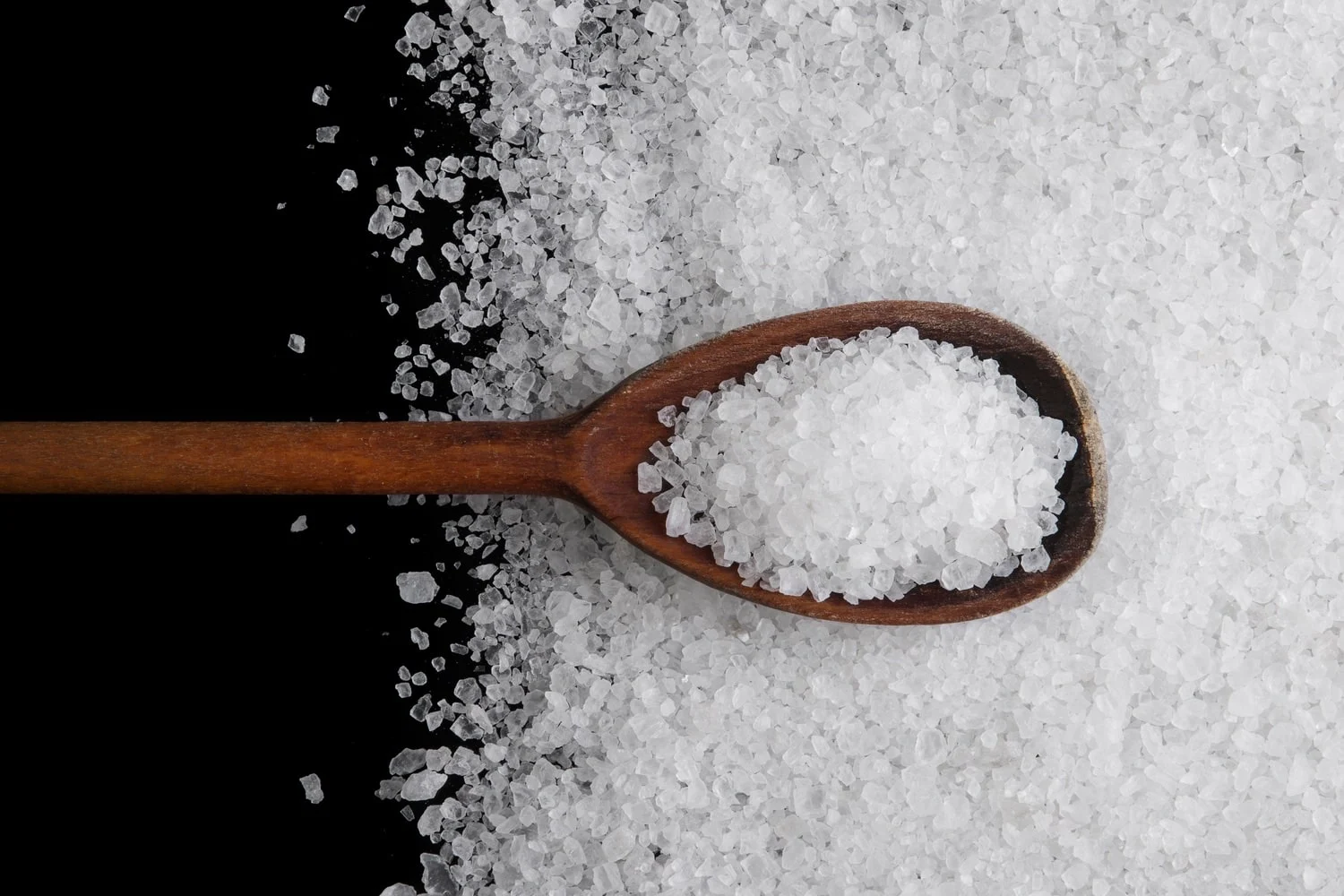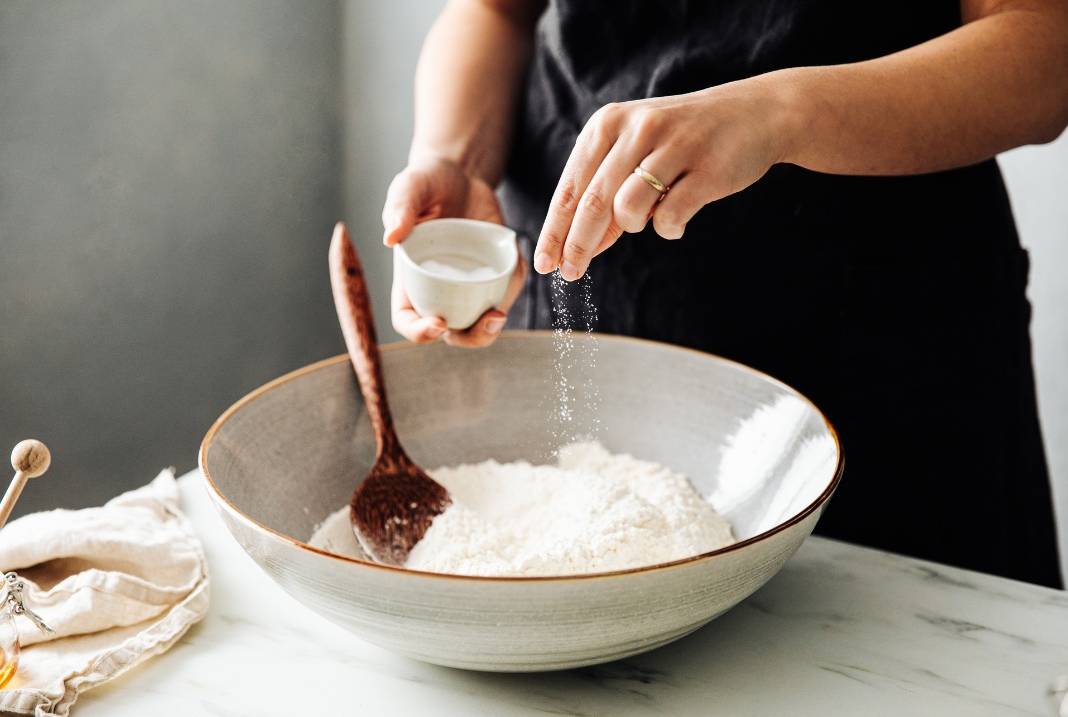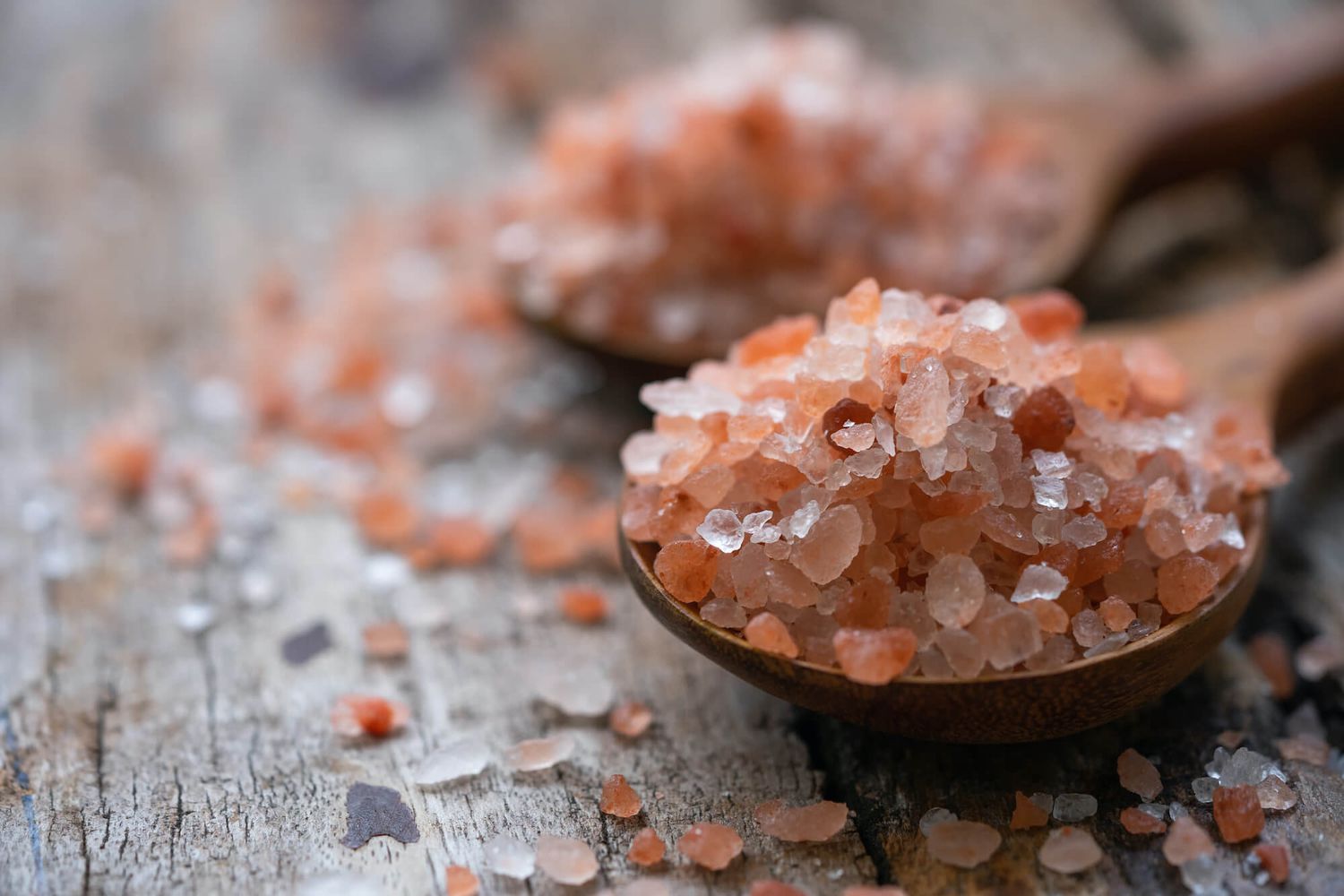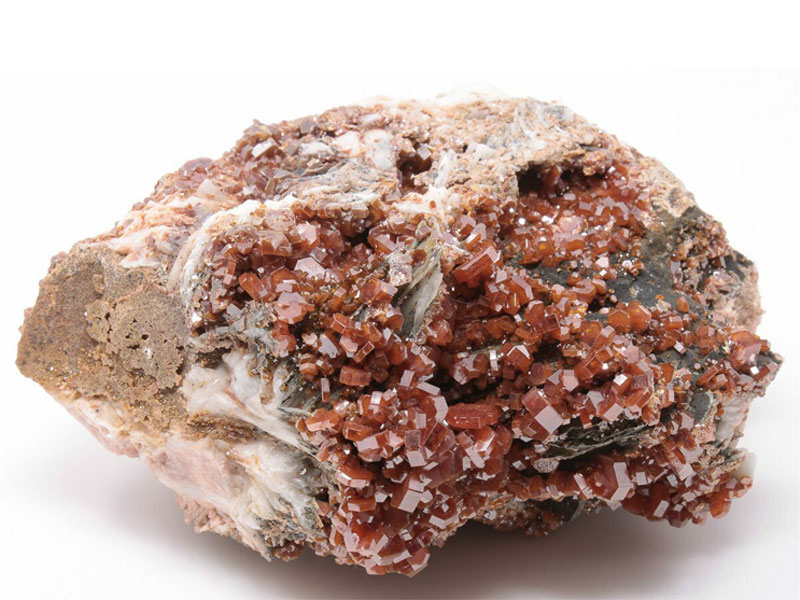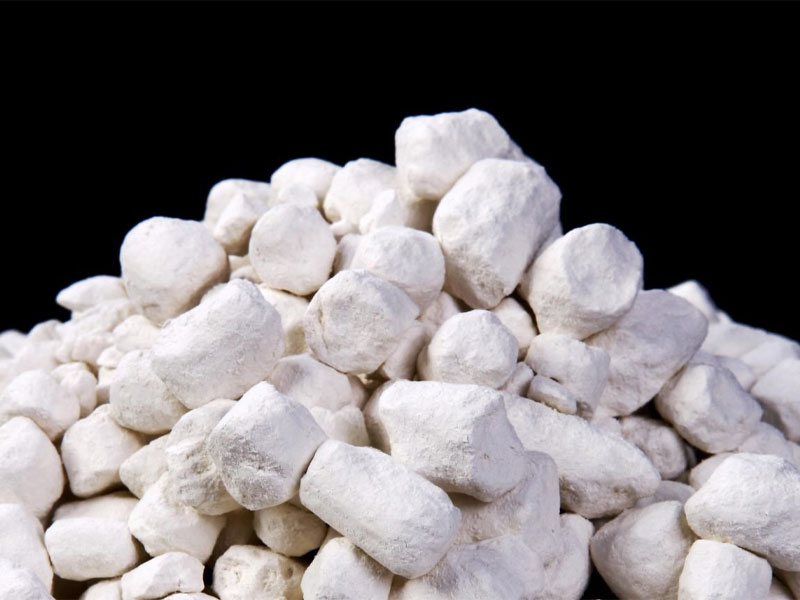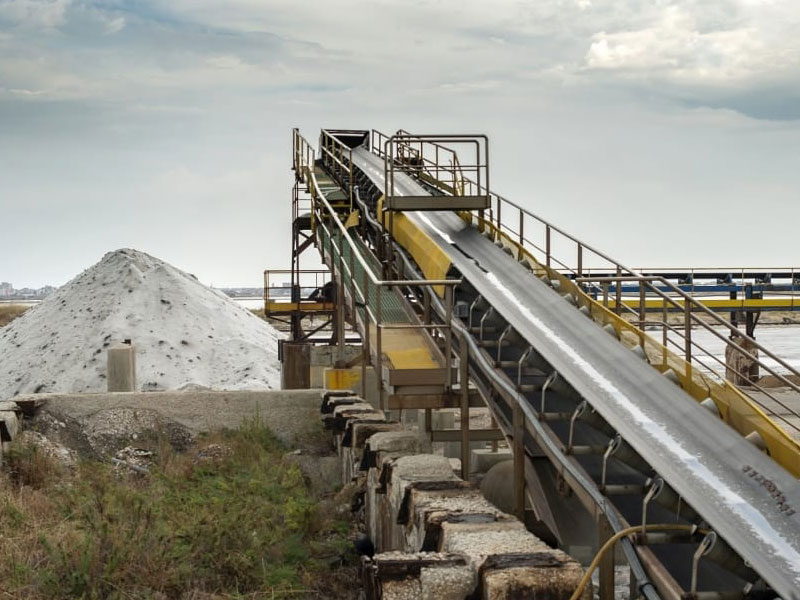What Is Pink Salt?
Origin and Formation
Pink salt, often referred to as Himalayan pink salt, is mined primarily from the Khewra Salt Mine in Pakistan. It derives its distinctive pink hue from trace minerals like iron oxide present in the salt deposits. These deposits are believed to have formed over millions of years.
Mineral Composition
Pink salt contains a variety of minerals and trace elements, including potassium, magnesium, and calcium. It is these minerals that contribute to its unique color and potential health benefits.
What Is Sea Salt?
Sources and Production
Sea salt is harvested through the evaporation of seawater. It can be obtained from various locations around the world, such as the Mediterranean Sea, the Dead Sea, or the Atlantic Ocean. The production process involves natural evaporation, leaving behind the salt crystals.
Mineral Composition
Sea salt also boasts a mineral-rich profile, with elements like sodium, potassium, and magnesium. The specific composition may vary depending on the source and production methods.
Pink Salt vs. Sea Salt: Appearance and Texture
Pink salt crystals are generally larger and coarser in texture, providing a delightful crunch when used as a finishing touch on dishes. Sea salt, on the other hand, comes in various textures, including fine and coarse varieties, catering to different culinary preferences.
Flavor Profile Comparison
Pink salt is often described as having a milder, less intense saltiness compared to sea salt. This subtle flavor can enhance the natural taste of ingredients without overpowering them. Sea salt offers a stronger saltiness, which can be desirable in certain dishes.
Read More: Bentonite
Health Benefits of Pink Salt
Minerals and Trace Elements
Advocates of pink salt argue that it contains a wider range of minerals and trace elements, making it a more nutritious choice. However, it’s essential to note that these minerals are present in minimal quantities, and their impact on health may be limited.
Alleged Health Claims
Some proponents claim that pink salt can help regulate blood pressure and improve hydration due to its mineral content. However, scientific evidence supporting these claims is limited.
Health Benefits of Sea Salt
Minerals and Trace Elements
Sea salt also offers a spectrum of minerals and trace elements, albeit in different proportions. These minerals can contribute to a balanced diet.
Alleged Health Claims
Like pink salt, sea salt is credited with various health benefits, including potential skin benefits when used in bathing. However, substantial scientific research is needed to confirm these claims definitively.
Culinary Uses and Applications
Both pink salt and sea salt have their place in the kitchen:
Pink Salt in Cooking
- Pink salt is prized for its aesthetic appeal and is often used as a finishing touch on dishes, such as grilled vegetables or steaks.
- It can be employed in salt blocks for cooking and serving.
Sea Salt in Cooking
- Sea salt is versatile and can be used in various culinary applications, including baking, brining, and seasoning.
- Its coarse texture makes it suitable for use in salt grinders.
Read More: Wikipedia
Price and Accessibility
Pink salt is typically more expensive than sea salt due to its exotic origin and unique appearance. Sea salt, being widely available, is generally more affordable and accessible.
Environmental Impact
There are concerns about the environmental impact of both salts:
- Mining pink salt can have adverse effects on the environment, including habitat disruption and resource depletion.
- The extensive harvesting of sea salt may also harm coastal ecosystems.
Pink Salt vs. Sea Salt: Which Is Healthier?
The choice between pink salt and sea salt largely depends on personal preferences and dietary considerations. Neither salt is a significant source of essential minerals, so the health benefits should not be overstated. It’s crucial to use both salts in moderation as part of a balanced diet.
Common Misconceptions
- Pink salt is not a cure-all for health issues.
- Sea salt is not inherently healthier than table salt; it depends on the source and usage.
Choosing the Right Salt for You
Consider the following factors when making your choice:
- Flavor preference
- Culinary applications
- Budget
- Environmental concerns
Read More: Kaolin
Conclusion
In the pink salt vs. sea salt debate, there is no clear winner. Both salts offer unique characteristics and can elevate your culinary creations. The key is to use them mindfully and enjoy the diverse flavors they bring to your dishes.

